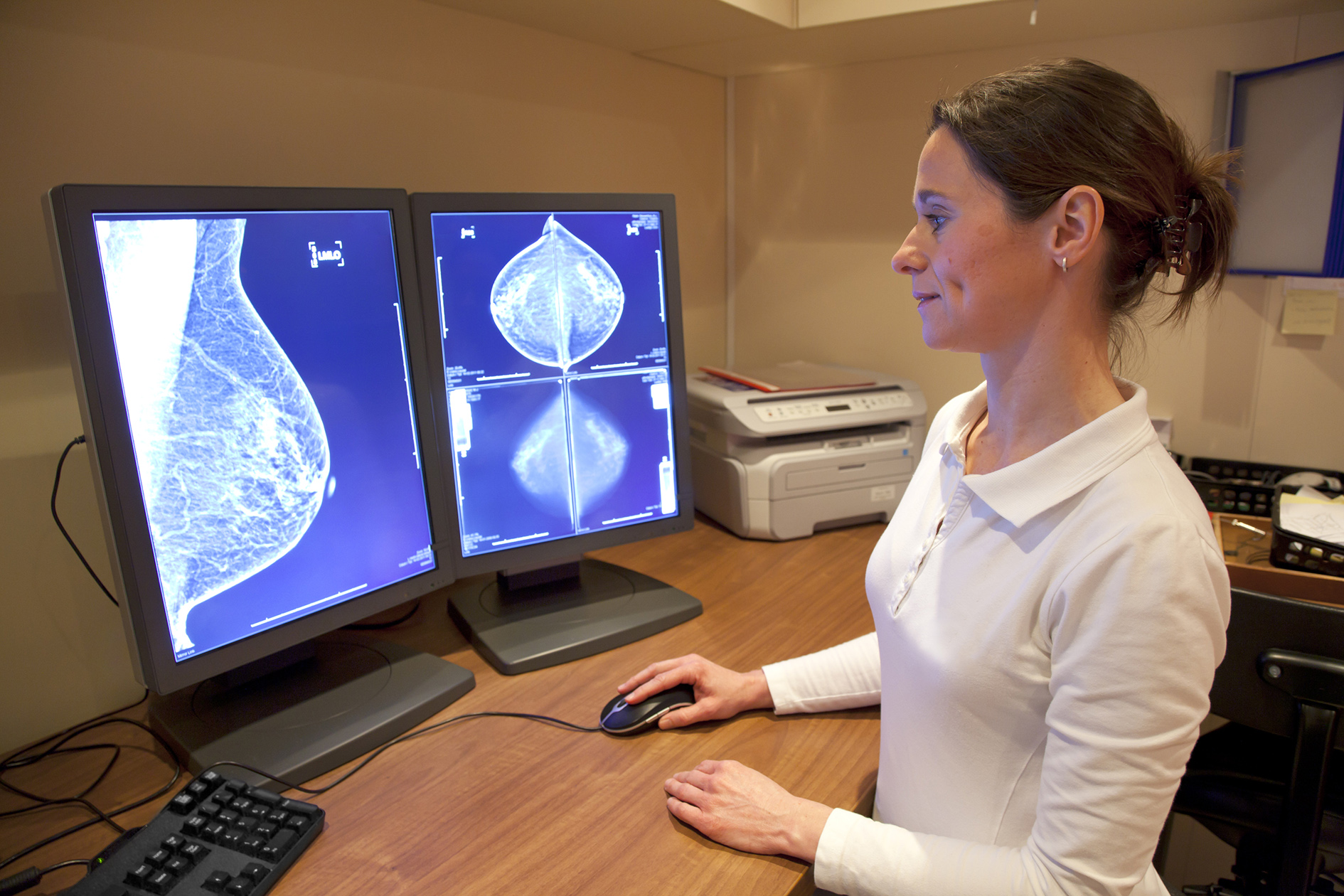Women urged to look for "non-lump" breast cancer symptoms

Women have been urged to visit their doctor immediately if they have signs of breast cancer other than a lump, after research showed those with symptoms such as breast ulceration or nipple abnormalities are more likely to wait longer than three months before seeking help.
Around one in six women diagnosed with breast cancer go to their doctor with a symptom other than a lump, the most commonly reported symptom, according to the research presented at the National Cancer Research Institute (NCRI) conference in Liverpool.
Researchers from University College, London, examined data from more than 2,300 women diagnosed with breast cancer in England in 2009/10.
They found although most women with breast cancer sought help quickly, those with “non lump” symptoms were more likely to delay going to their doctor compared with women with a breast lump alone.
Non-lump symptoms include nipple abnormalities, breast pain, skin abnormalities, ulceration, shape abnormalities and an infected or inflamed breast.
Women with both a breast lump and non-lump symptoms were also more likely to delay seeking help.
Those presenting with breast ulceration, nipple abnormalities, breast infection or inflammation, swollen arm or armpit, and pain in the armpit were more likely to wait longer than three months to seek help.
Research used data from 2009/10 National Audit of Cancer Diagnosis in Primary Care.
Dr Karen Kennedy, director of NCRI, said: “This research shows that, all too often, women are delaying going to their doctor with symptoms of breast cancer. This could be because people are simply unaware that breast cancer can present in many different ways, not just through the presence of a lump. With a disease like breast cancer, it’s essential to be diagnosed as early as possible so that a treatment plan can be developed and started.”
Monica Koo, presenting author based at UCL, said: “Our research shows around one in six women diagnosed with breast cancer have symptoms other than a breast lump. These women are more likely to delay going to the doctor compared to women with breast lump alone.”












